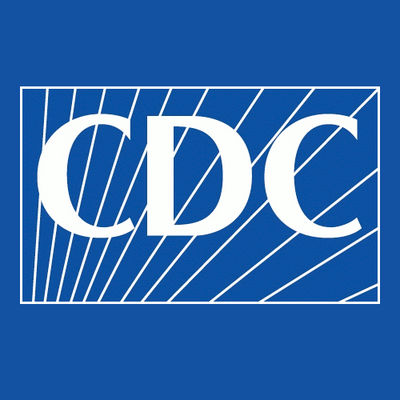Objective To investigate the analgesia induced by receptin (REC), a chemically modified cobratoxin (CTX, a long-chain postsynaptic alpha -neurotoxin from Thailand cobra venom), and the effects of atropine and naloxone on antinociceptive activity of REC in rodent pain models. Methods REC was administered intraperitoneally (5 mg/kg, 7.07 mg/kg, or 10 mg/kg, i.p.) or intra-cerebral venticularly (62.5 mu g/kg, i.c.v.). The antinociceptive action was determined using the hot-plate test, the acetic acid writhing test and tail flick assay in mice and rats. The involvement of cholinergic and the opioid peptidergic systems in REC-induced analgesia were examined by pretreatment of animals with atropine (Atr; 0.5 mg/kg, i.m. or 10 mg/kg, i.p.) or naloxone (Nal; 3 mg/kg, i.p.). The effect of REC on motor activity was tested using the Animex test in mice. Results REC (5 mg/kg, 7.07 mg/kg or 10 mg/kg, i.p.) exhibited a dose-dependent analgesic action in mice as determined with hot-plate test and acetic acid writhing test. The significant analgesia of REC was seen 2 h to 3 h after its administration. In the rat-tail flick assay, the administration of REC at 62.5 mu g/kg (1/160 of systemic dose; i.c.v.) produced marked analgesic effects. Atropine at 0.5 mg/kg (i.m.), 10 mg/kg (i.p.) or naloxone at 3 mg/kg (i.p.) failed to block the analgesic effects of REC. REC at the highest effective dose of 10 mg/kg did not change the spontaneous mobility of mice. Conclusion These results demonstrate that REC has analgesic effect. This activity appears to be mediated through the peripheral nervous system though central nervous system may contribute to REC' s analgesic effects. The central cholinergic system and opioid peptidergic system appear not to be involved in the antinociceptive action of REC.







